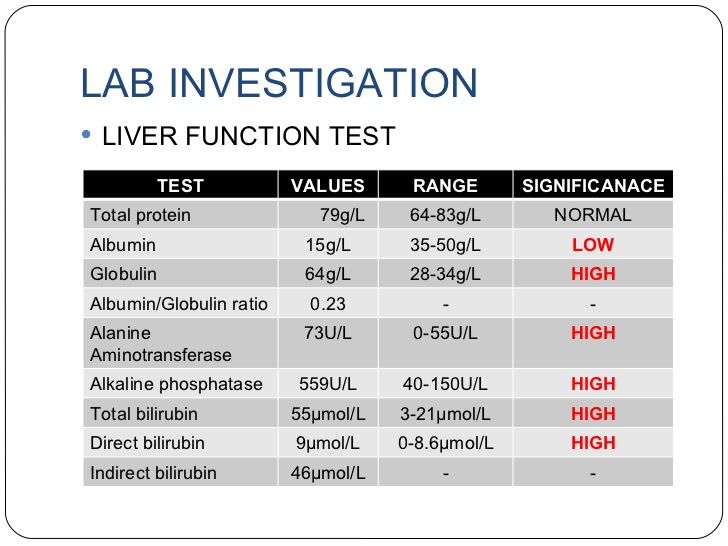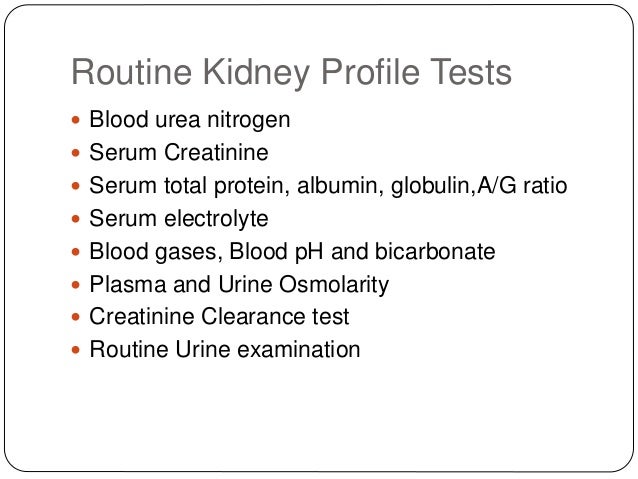

The devices were fabricated on an ultrathin parylene/SU-8 substrate with an inverted structure comprising polyethyleneimine (PEI)/Ag/ZnO/photoactive layer/MoO 3/Ag/MoO 3 the corresponding energy levels are shown in Fig. The findings of this study (Table S2) demonstrate the practical applicability of these ST-OPVs to biocompatible wearable devices.įigure 1a, b show the device architecture and a photograph of the ultra-flexible ST-OPV developed in this study, respectively.

The ultra-flexible ST-OPVs exhibited excellent mechanical stability against strong biaxial tensile strain of approximately 200% and maintained over 73% of the initial PCE after 1,000 compression (tensile strain 0%)–release (tensile strain 200%). Following the optimization of the optical and electrical properties of each film, an ultra-flexible ST-OPV with a thickness of only 2 μm was obtained, with highest PCE of 6.93 and AVT of 30.1% under different thickness of thin Ag layer, respectively. To achieve high PCE with total device transparency, the absorption spectrum of the active material was analyzed based on the direction of the incident light, and the thickness of the bottom and top electrodes was optimized to maximize both AVT and PCE. An antireflection layer was introduced in the top DMD electrode to minimize light reflection and improve transmittance. In addition, a polymer nucleation layer was employed to form a continuous thin metal film with thickness below the light penetration depth (<10 nm) and obtain highly conductive and transparent bottom electrodes 41. An ultrathin Ag bottom electrode and a DMD top electrode were adopted to obtain devices with high transmittance and flexibility, and the highly efficient PTB7-Th:IEICO-4F was used as a photoactive material because it exhibits high PCE with low light absorption in visible light wavelengths (400–550 nm), contributing to optimize the transmittance of the photoactive layer. In this study, strain-durable ultra-flexible ST-OPVs were systematically investigated for the first time. Therefore, building thinner device architectures is required to achieve lower flexural rigidity considering both transparency and strain durability under repetitive and harsh deformations. In addition, neglecting the antireflective and mechanical properties of electrodes hinders achieving high transparency in visible wavelengths. Ultrathin ( 100 GPa) are accommodated in the device on a soft polymeric substrate. To our knowledge, this is the first systematical study on mechanical behaviors of strain-durable ultra-flexible ST-OPVs through precise adjustment of each ultrathin electrode thickness toward the emergence of next-generation flexible power sources. In-depth optical and electrical analyses on ultrathin metal electrodes showed that the devices maintain over 73% of their initial efficiency after 1000 cycles of repetitive compression and release at 66% compressive strain, and the average visible light transmittances remain higher than 30%. The conformal surface coverage of nanoscale thin metal electrodes (< 10 nm) is achieved, resulting in extremely low flexural rigidity and high strain durability. Here, we introduce strain-durable ultra-flexible semitransparent OPVs with a thickness below 2 μm.

However, obtaining ultra-flexibility under extreme repetitive mechanical stress while maintaining optical transparency remains challenging because of the intrinsic brittleness of transparent electrodes. Ultra-flexible organic photovoltaics (OPVs) are promising candidates for next-generation power sources owing to their low weight, transparency, and flexibility.


 0 kommentar(er)
0 kommentar(er)
